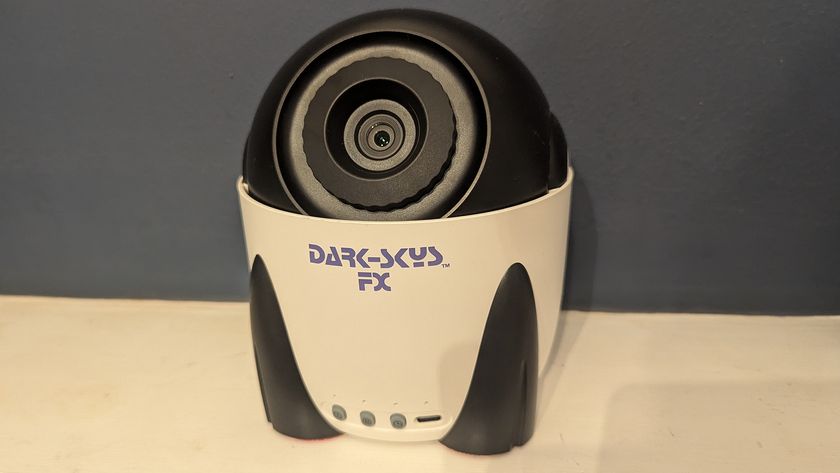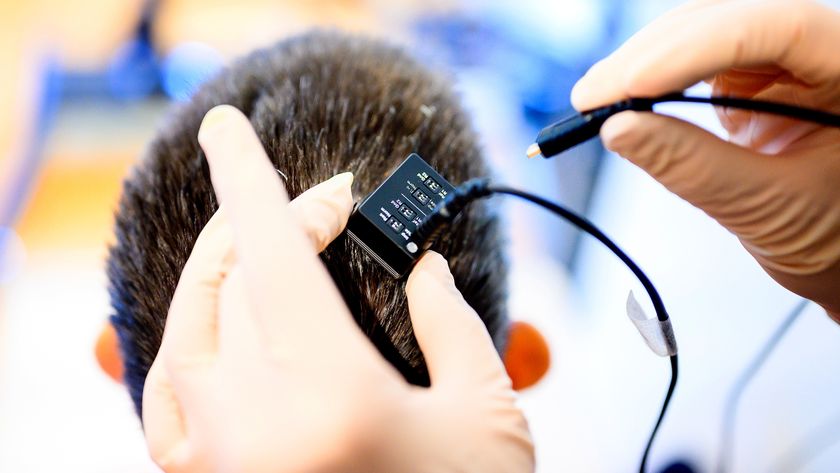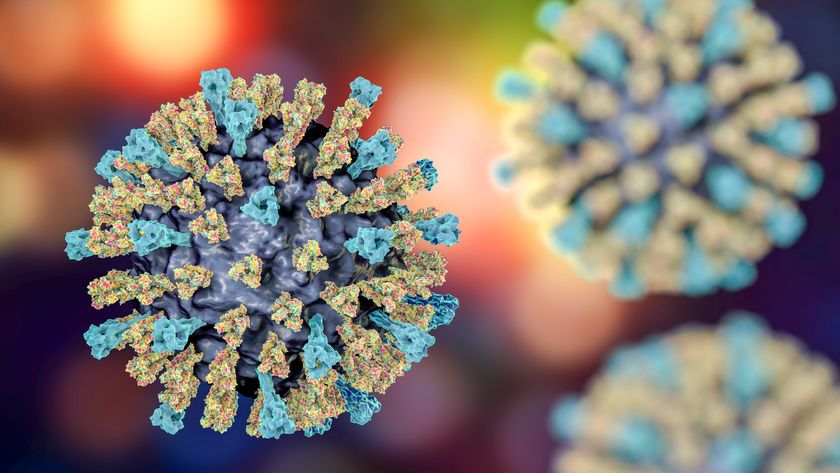
Why do cats knead?
If a cat kneads on your lap, it's likely because it feels safe around you. But why do they knead in the first place?
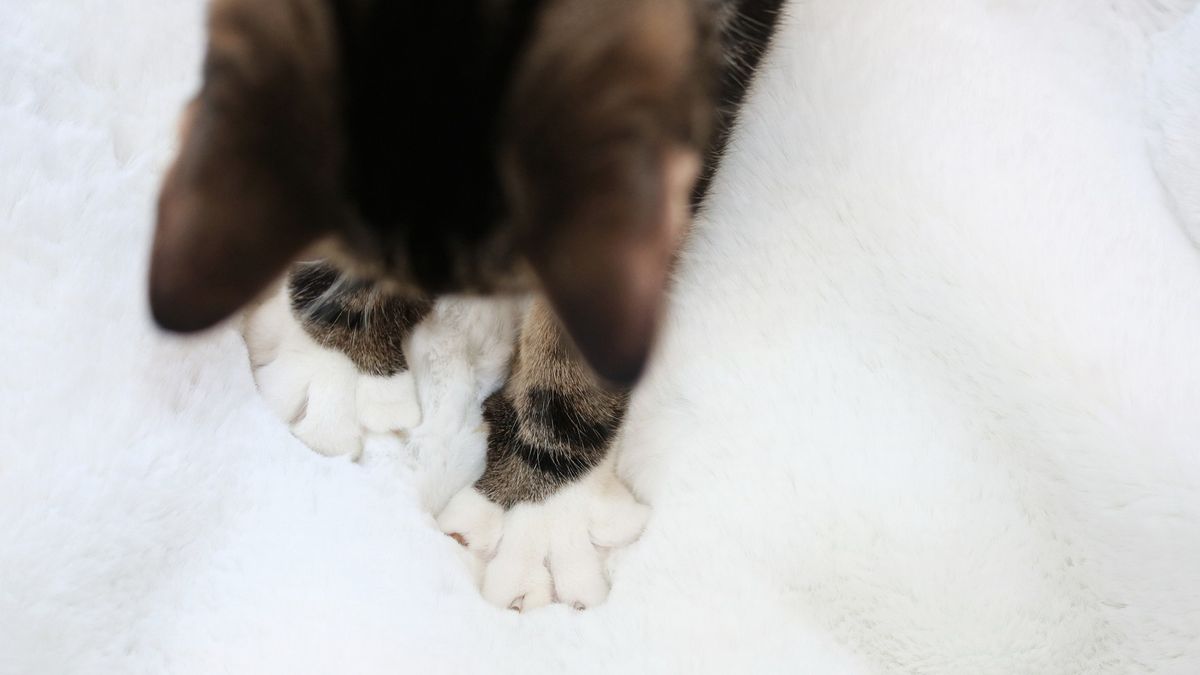
If you have a cat, you've probably seen it push in and out with its front paws, alternating between left and right. This behavior, known as kneading, is sometimes called "making biscuits," for how it resembles the act of kneading dough, according to Broadway Pet Hospital in Oakland, California. Cats often perform this motion on a soft surface, such as a blanket, a person's lap and other animals, per the American Animal Hospital Association in Lakewood, Colorado.
So why do cats knead? Although the reason is uncertain, the most likely explanation is that it is a leftover behavior from kittenhood, Susan Hazel, an associate professor of animal behavior, welfare and ethics at the University of Adelaide in Australia, told Live Science. During nursing, a kitten rhythmically treads its paws on the mother's body to stimulate the flow of milk.
Related: Why do cats purr?
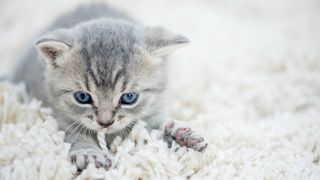
"The behavior of kneading is very similar to that kittens use when suckling," Hazel said. "The process of suckling, and also the pheromones released around the mammary glands, probably make it a very pleasurable activity."
Cats may continue kneading into adulthood, "particularly when in the presence of someone with whom they feel safe, or when they get on a particularly fluffy cushion or blanket, because they associate the behavior of treading their paws with the comfort they felt when they were nursing," Laura Watson, a registered veterinary nurse and cat welfare assistant at International Cat Care in Wiltshire, England, told Live Science.
Lending support to this explanation is the way cats may drool when performing this behavior, and they may even suckle the surface they are kneading, Hazel said.
Another possible explanation for kneading has to do with the scent glands in cats' paw pads. "It's possible kneading can be used to deposit scent," Hazel said. In this way, cats may mark territory.
Sign up for the Live Science daily newsletter now
Get the world’s most fascinating discoveries delivered straight to your inbox.
Still, "I think there is a difference between the behavior of kneading — seen when cats are relaxed and on your lap, for instance — and the scratching of objects such as a tree, which is more likely to be for depositing scent," Hazel said.
If a cat's caregiver finds kneading painful, "they can place a thick blanket or cushion on their lap for the cat to sit on and knead, which will help protect them," Watson said. "The blanket or cushion can also be left out in the environment for the cat to knead when the caregiver isn't present, because it will smell familiar to them and help them feel safe." Caregivers can also trim their cats' claws, she noted.
A cat's caregiver may also try training their feline not to put out its claws when kneading. "Either give reinforcement — food or a pat — when they knead with no claws, or, if they knead with claws, you could get up and move," Hazel said.
A cat should never be punished for kneading, Watson noted. "It is a normal behavior, and punishment could lead to a breakdown in the caregiver-cat bond, as the cat doesn't understand they are causing pain," she said.



